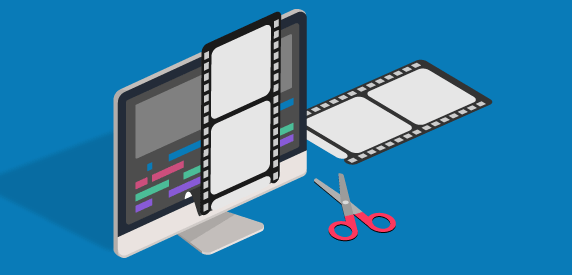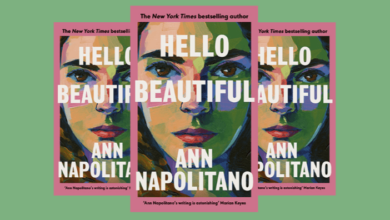Beyond the Cut: Exploring Advanced Techniques for Cinematic Video Editing

As technology advances and creative boundaries expand, the world of video editing continues to evolve. This article delves into advanced techniques that go beyond the basics, exploring how editors can push the limits of their craft to create truly cinematic experiences. From intricate visual effects to sophisticated color grading, this guide unveils the tools and strategies that elevate video editing to an art form.
I. Harnessing the Power of Visual Effects:
Visual effects (VFX) are no longer reserved for big-budget productions. This section explores how editors can integrate advanced VFX techniques to enhance storytelling. From adding realistic CGI elements to creating surreal environments, the skillful use of visual effects can transport viewers to new worlds and elevate the visual narrative.
II. Mastering the Art of Motion Graphics:
Motion graphics add a layer of sophistication to video editing, turning static visuals into dynamic, engaging elements. This part of the article delves into how editors can master the art of motion graphics to create stylish title sequences, informative overlays, and visually stunning transitions. Strategic use of motion graphics enhances the overall production value of the video.
III. Dynamic Color Grading Techniques:
Color grading is not just about correcting colors; it’s a nuanced process that sets the tone and mood of a video. This section explores advanced color grading techniques, including the use of LUTs (Look-Up Tables), selective color grading, and HDR grading. By mastering these techniques, editors can infuse their projects with cinematic vibrancy and visual richness.
IV. Time Remapping for Cinematic Pacing:
Time remapping is a powerful technique that allows editors to manipulate the speed and pacing of footage. This part of the article explores how editors can use time remapping to create dramatic slow-motion sequences, fast-paced action scenes, and rhythmic visual montages. Cinematic pacing adds a dynamic and stylistic dimension to the narrative.
V. Leveraging 3D Animation in Editing:
The integration of 3D animation introduces a new level of depth to video editing. This section discusses how editors can leverage 3D animation to bring objects to life, create dynamic text animations, and add immersive elements to their projects. The seamless blend of 3D elements with live-action footage enhances the visual appeal and storytelling potential.
Read also The Artistry of Garden Landscaping: Crafting Your Outdoor Retreat
VI. Advanced Audio Editing for Immersive Soundscapes:
Audio is a crucial component of cinematic storytelling, and advanced audio editing techniques can significantly enhance the viewing experience. This part explores strategies for creating immersive soundscapes, including spatial audio, advanced sound effects, and dynamic audio mixing. Thoughtful audio editing adds another layer of depth to the cinematic narrative.
Conclusion:
As video editing continues to evolve, embracing advanced techniques becomes essential for those seeking to create truly cinematic experiences. From harnessing the power of visual effects and mastering motion graphics to dynamic color grading, time remapping, 3D animation, and advanced audio editing – these techniques open new avenues for creative expression. By incorporating these advanced tools into their skill set, editors can transform their projects into cinematic masterpieces that captivate audiences and push the boundaries of visual storytelling.





